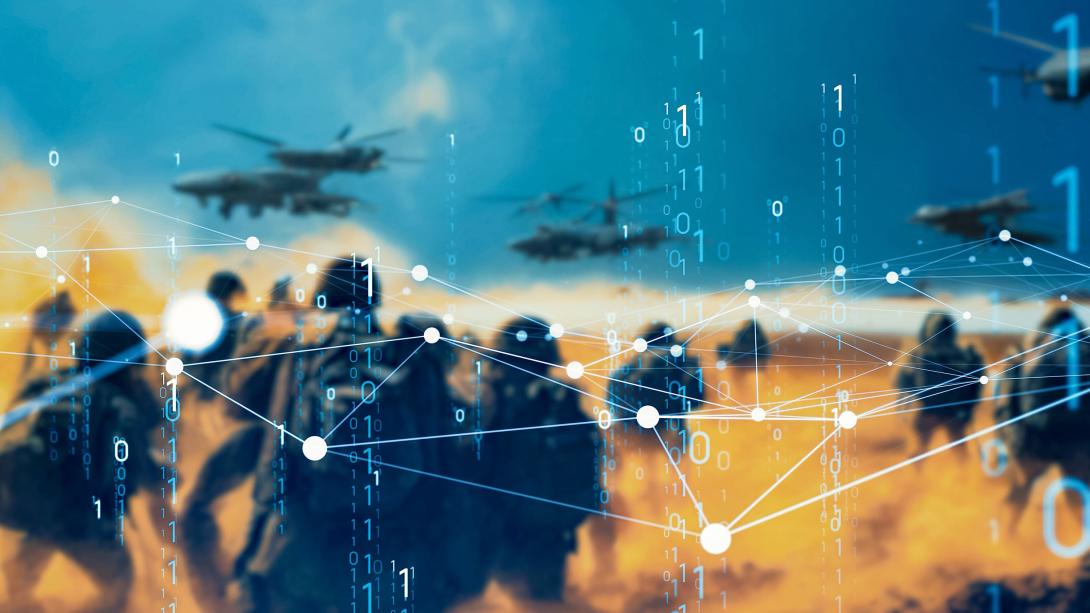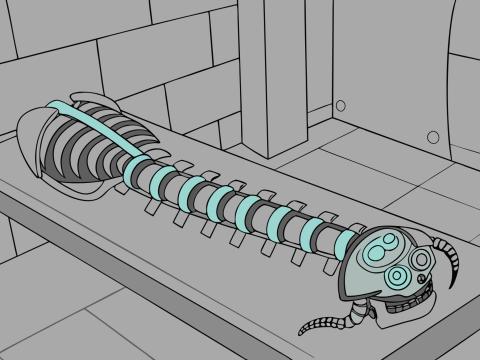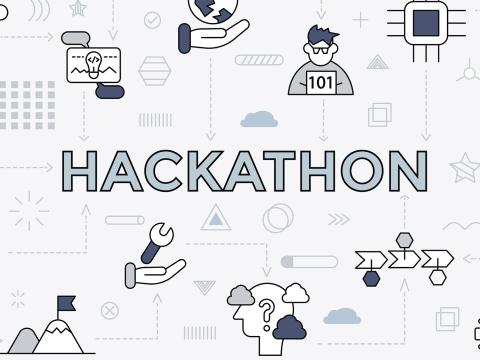On Point: Q&A With Aprille Ericsson
What are your responsibilities?
There are three deputy assistant secretaries: S&T Foundations, S&T Futures and S&T Program Protection.
One of the places a lot of action occurs is in that first one, Foundations. Under that portfolio is our FFRDCs and UARCs. We’ve got STEM education K-12. There’s also a broader piece from undergraduate to graduate with some of our scholarships and internships at our facilities and labs.
There are other discipline areas like animal protection, human research, medical research and environmental. We are very concerned about what’s happening environmentally, particularly with the warming of the Arctic region now affecting our landholding strategy of protection across that ice barrier.
Let me move to Futures. One of the things I love to talk about is what I call the sexy science of quantum, one of our critical emerging technologies. Two that are kind of combined are advanced materials and biotech. I have a huge thrust on biotech.
We have this technology industrial base effort, tech transfer. There’s a key opportunity to help nontraditional areas like biotech, where we have partners that are small, innovative, but not necessarily geared to how we manufacture things, how we can provide things for our country in large volume. It gives us an opportunity to support that and bring the manufacturing back home to the United States in some instances but also grow new areas. And then future G, which is 5G, 6G and so on.
Under emerging technologies, we’ve got human systems, aerospace and platforms, unmanned systems, which become more important as we see how things are happening in the Ukrainian war.
We’ve got munitions, our position, navigation and timing, and our Joint Hypersonic Transition Office. That is an opportunity to engage researchers in the academic community and support them as they do real testing for hypersonics, simulation and digital twinning to expand that capability.
Then there’s cybersecurity and ensuring software is maintained and things are tamper-proof.
How does this position play to your strengths?
I did a lot of simulation, digital twinning. Also, [precision, navigation and timing]. That indicates more of a need to potentially go back to some older solutions with newer technology so we can do finer pointing within a GPS-denied environment. I’m looking at how we could partner with NASA because they historically have this knowledge and capability.
I also did robotics and was heavily engaged in instrument systems engineering and instrument management.
I looked at cryogenics, lasers, optics. I’m also a mechanical engineer looking at mechanical stability. I’ve worked on research for graduate school [that] was the structural dynamics and control of large space structures, applications with the International Space Station.
I spanned four different disciplines primarily, which leads me to future opportunities to network with like, heliophysics, the space weather that we’re very concerned about for our Space Force.
I’ve had vast experiences from astrophysics, earth science, planetary science. If we ever need to send our Space Force guys to Mars, I might be the one to help guide that.
What have you accomplished so far?
Valley of Death is really important, so [we’re] looking at how we solve transitioning capabilities, visiting some of our manufacturing institutes and meeting with those communities.
Interagency-wide, I sit on the National Bioeconomy Board. I am one of the co-chairs leading the plan to build up and make our country successful, or at least enable and empower the community to be successful in bioindustrial manufacturing. The department itself just funded 34 different contracts to create plans for future needs. We will select from the 34 to nine larger contracts that will create manufacturing facilities around the country.
We’re really pushing strategically with [the White House Office of Science and Technology Policy] to come out with things that are tangible and doable, and we have a two-year plan for that National Bioeconomy Board.
This column has been edited for clarity and concision.





Comments